Titanic, a film with phenomenal success, is a rare example in the history of cinema. With a colossal budget, including an additional $100 million overboard, it represents a massive risk, especially in 1997.
The failure of such a project could have cost much more than just a financial setback. In this context, James Cameron, a former truck driver turned director, embodies a unique journey, a true exception in a world where even prodigies like Damien Chazelle have not been immune to resounding failures.
This article will explore the keys to the film’s success, particularly how its screenplay plays a crucial role.
Preface: The Guy Ritchie Theory
The message conveyed by Guy Ritchie and in the book Extreme Ownership is simple yet powerful: we must take full responsibility for our successes and failures.
This principle raises a deeper reflection on how we, as individuals, are shaped by society.
By rejecting societal conditioning and imposed expectations, we can rediscover our true essence and assert our personal sovereignty.
This preface is significant because, in his view, every story revolves around this dynamic.
A closer look at Titanic Story

The film Titanic is not just a simple love story. It explores powerful themes of personal liberation and class struggle, illustrating the eternal conflict between individual authenticity and social norms.
Rose’s character is caught between two worlds: that of the rigid aristocracy, embodied by her mother and fiancé Cal, and that of Jack, a penniless, free-spirited artist, symbolizing pure freedom.
Jack Dawson – The Spirit of Freedom

Jack embodies authenticity and self-determination. Free from any social constraints, he lives in the present moment and embraces life with contagious passion. His influence on Rose pushes her to break free from the familial and social expectations that confine her. His tragic end reminds us that true freedom comes at a price, but it is this price that leads to a fully lived life.
Rose DeWitt Bukater – A Journey Towards Authenticity
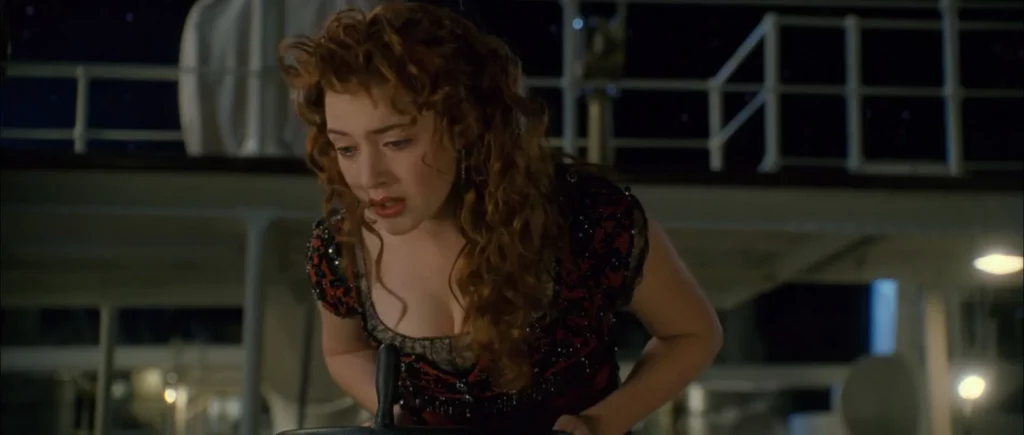
Rose, on the other hand, is torn between her responsibilities and her deep desire to fulfill her own destiny. The pressure from her family and the expectations of marrying Cal constrain her, but the love and freedom she discovers with Jack push her to reevaluate her life. The sinking of the Titanic marks the end of her old existence and the beginning of her renewal as a free individual.
Cal Hockley – The Enforcer of Conformity

Cal embodies social oppression, control, and possessiveness. Obsessed with maintaining his power over Rose, he reflects the repression of individuality by rigid social structures. In the end, despite the ship’s sinking, he remains unchanged, tyrannical, and a prisoner of his own pride.
Ruth DeWitt Bukater – The Voice of Safety
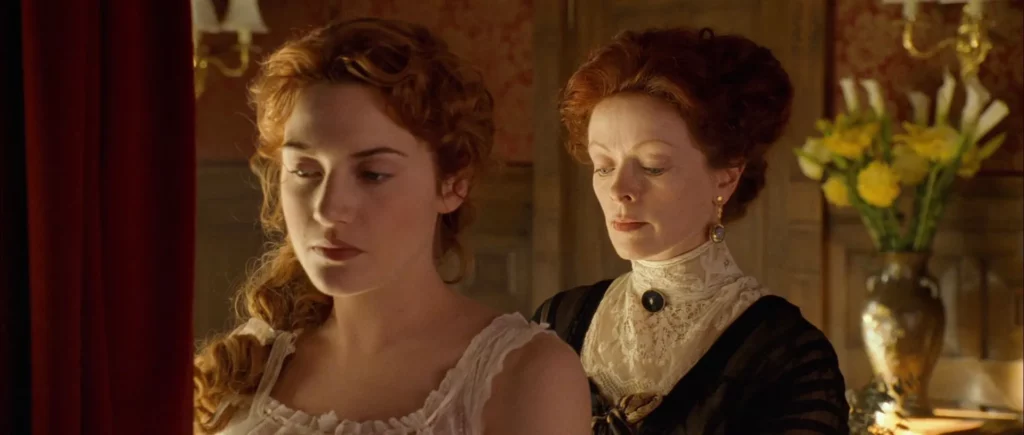
Ruth, Rose’s mother, embodies social pressure and maternal fear, sacrificing her daughter’s happiness to maintain security and status. She is not malicious but driven by survival in a world where wealth equates to power. Her failure to control Rose highlights the collapse of outdated social structures.
The Titanic – A Symbol of Illusion and Collapse
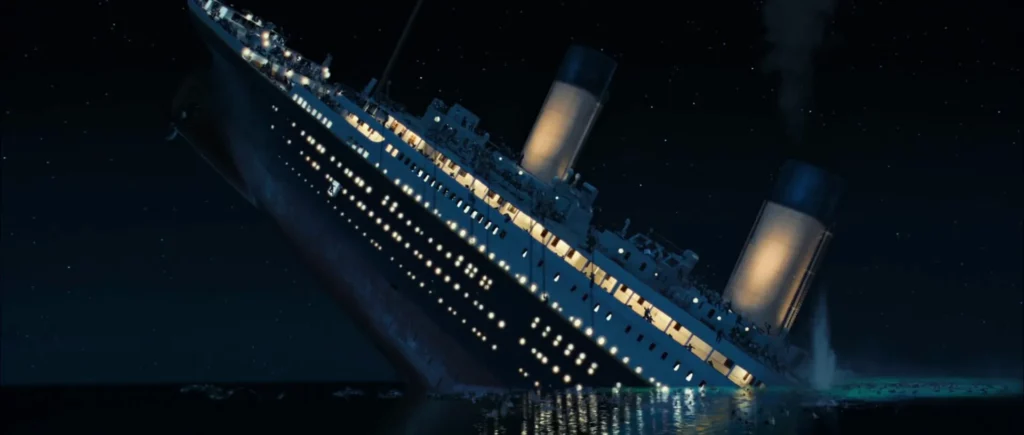
The Titanic, much more than just a backdrop, becomes a character in itself, symbolizing the class divide and the fragility of the world that Rose seeks to escape.
The tragedy that strikes the ship highlights the collapse of these artificial structures and the inevitable fall of the illusions that sustain social hierarchies. At the end, only women and children are allowed to join the life boats regardless of the class.
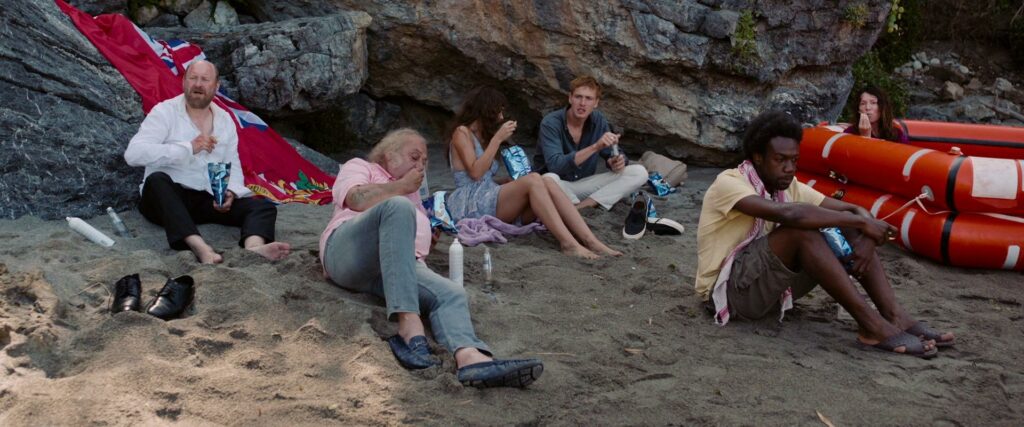
The satire Triangle of Sadness further explores and amplifies this idea after a boat wreck, where social order is completely overturned—not by status or managerial abilities, but by genuine survival skills like fishing.
The hierarchy of social classes
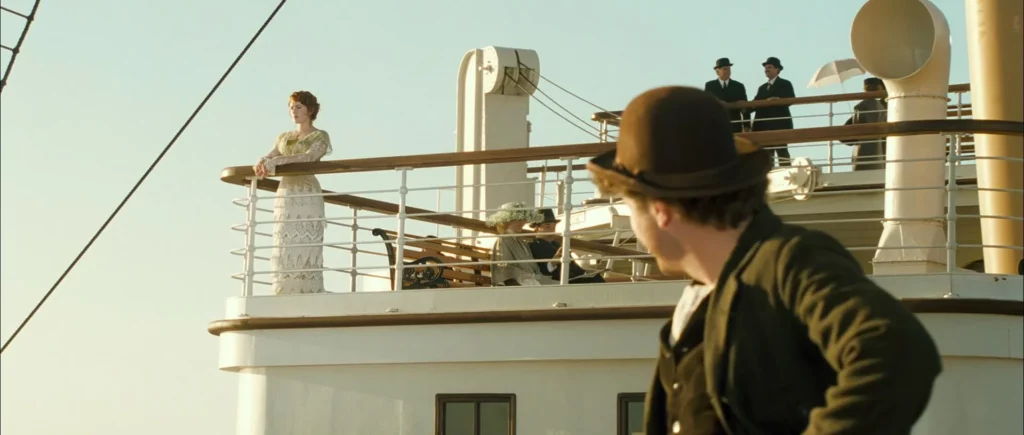
In Titanic, Jack, a poor artist, is seen as unworthy of Rose’s beauty and status, as society deems such relationships between classes unacceptable. However, their romance challenges these social boundaries, with Rose breaking free from societal expectations, showing how love can transcend class divisions despite the constraints imposed by society.
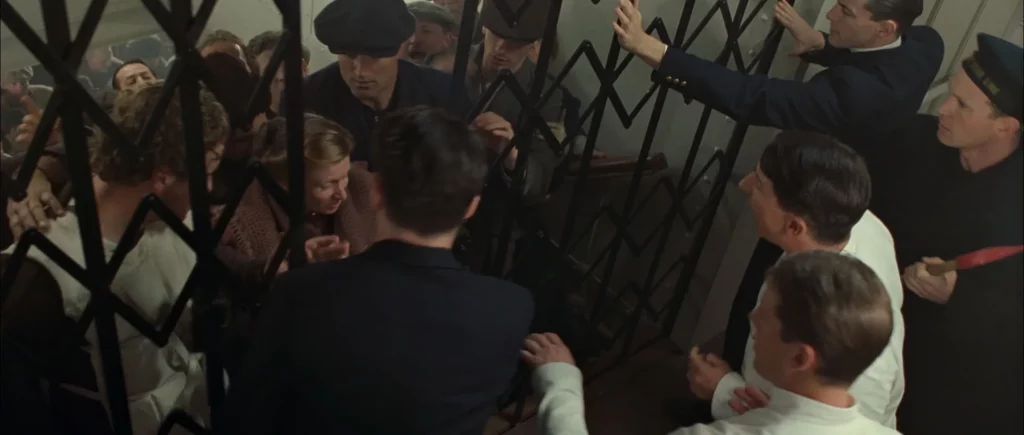
The hierarchy of social classes is clearly defined and influences the fate of the passengers. First-class travelers live in luxury and opulence, while third-class passengers, represented by Jack, are confined to the lower levels of the ship, symbolizing the social barriers of the time.
Rose, born into the aristocracy, feels trapped by her status and her arranged marriage to Cal, a wealthy heir who looks down on the lower classes. The sinking further amplifies these inequalities, as the rich have a higher chance of survival, illustrating the cruelty of a world governed by social class.
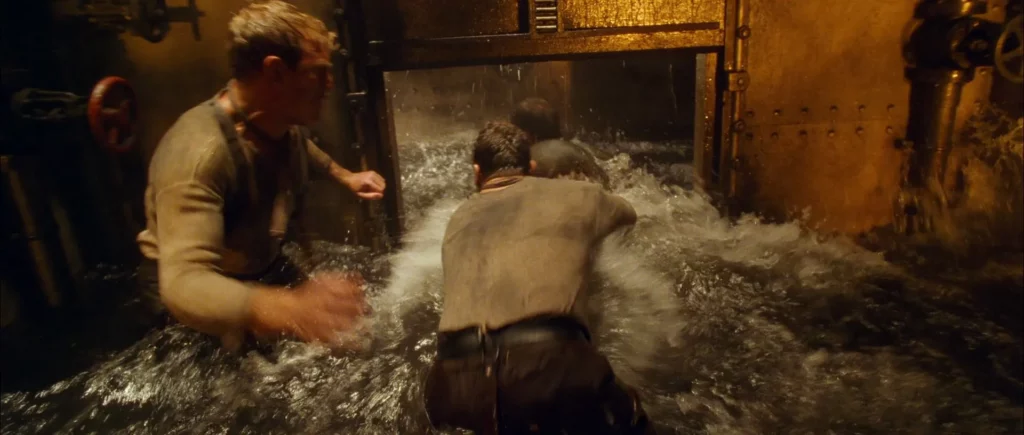
Although the negligence and fault lie with the ship’s leaders, it is the workers and third-class passengers who are the first to die during the collision. Due to their social status, passengers of thired class are confined to the lower levels of the ship, with no access to lifeboats. The elites, on the other hand, receive priority for rescue, illustrating social injustice.
Revolutionary Road: A Tragic Reversal of Titanic’s Liberation Arc
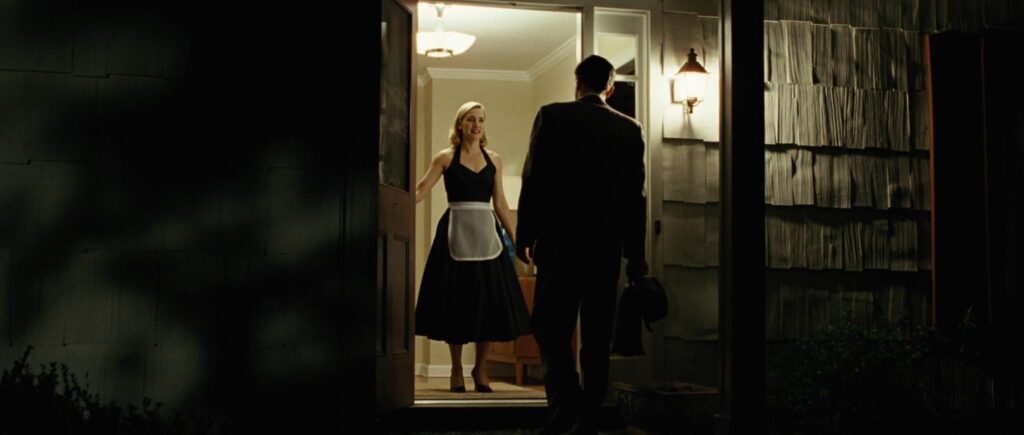
In Revolutionary Road, the tragic inversion of Titanic sees April (Winslet) embodying freedom and the desire for an authentic life, while Frank (DiCaprio) is trapped in social expectations.
Unlike Rose, who finds her freedom in Titanic, Frank succumbs to fear and comfort, rejecting April’s dreams, which leads to a tragic fate.
April’s attempts to free Frank fail, showing how social constraints stifle dreams and kill individuality.
The cycle of social conformity
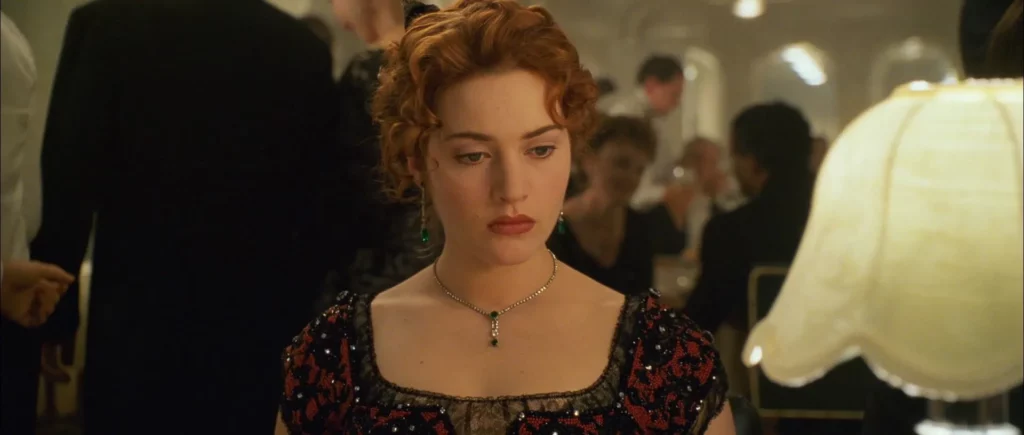
Society conditions each generation to prioritize security and stability at the expense of personal sovereignty, imposing pre-established paths.
This cycle persists because conformity is rewarded, while individuality leads to uncertainty. However, true fulfillment lies in the quest for meaning and freedom of choosing our own responsibilities that brings meaning to our lives, breaking the invisible chains of conformity to create one’s own destiny.
The Power of Authenticity
Conformity often leads to mediocrity, as it places you in competition with countless others, erasing your individuality for the profit of the market needs. By embracing your true self, you offer a unique and valuable perspective.
Obviously, achieving a product-market fit is essential, but it typically occurs within underserved niches find while solving a problem that matters to someone.
Financial freedom comes from taking risks and authenticity, not from norms, as high taxes and legislation prevent wealth transfer within the middle class and traditional paths.
Authenticity is about rediscovering one’s true path, prioritizing adventure and growth over the pursuit of wealth or safety.
Discovering your authentic self
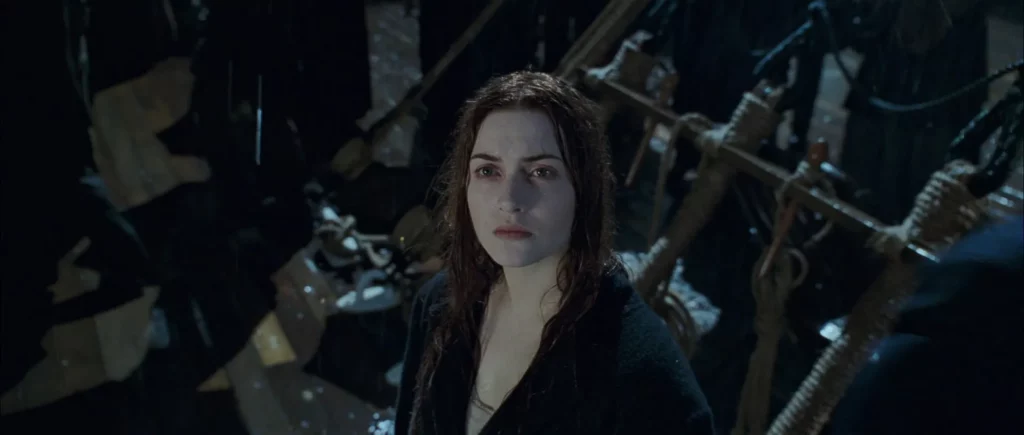
Recognizing your true desires requires introspection and questioning social norms. Societal-imposed desires are often linked to external validation, while your authentic desires come from an inner motivation, even if they challenge expectations.
Ask yourself: “What would I do for free if no one was watching?” True desires bring meaning and satisfaction, especially when they brings values to others, while imposed ones feel like obligations. Freedom begins by determining whether your ambitions serve your true self or simply the illusion of security.
Choosing Authenticity Over Materialism
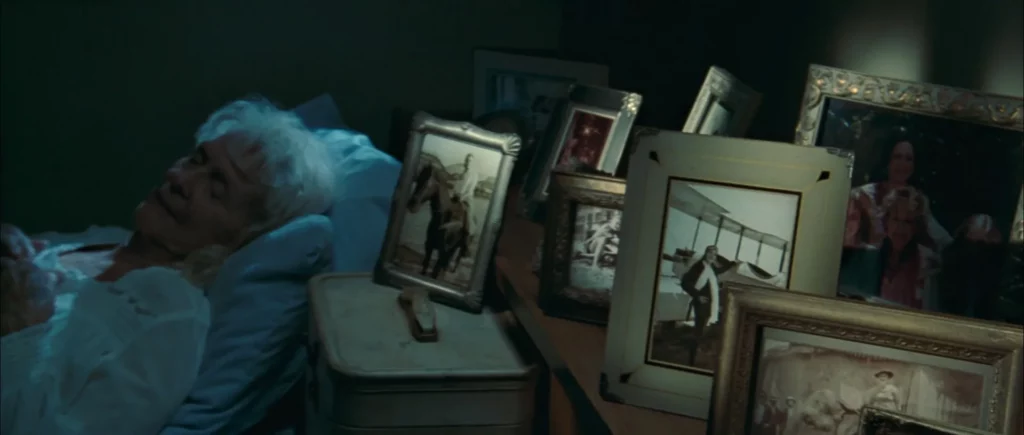
It’s not about escaping responsibilities or rejecting a stable or a comfortable life, but about recognizing the dynamics that shape our desires.
Instead of succumbing to the pressure of unnecessary material possessions or false symbols of success, such as conspicuous consumption, pretending to be an aristocrat or a celebrity, it’s about channeling that energy into an authentic life, aligned with your values. Investing in what nourishes your soul and strengthens family bonds allows you to create a meaningful existence, emancipated from social constraints.
Authenticity is fully embracing who you are and recognizing your intrinsic worth. Understanding that society fosters insecurity in individuals with placebos to drive consumption and maximize tax collection. Understanding this allows you to live fully in the present, feeling whole and enough as you are while taking pride in the process.
The Journey is the Destination
Conclusion
Through these characters and the ship itself, Titanic tells a timeless story about the struggle for self-ownership in a world that demands conformity. Rose’s transformation is one that echoes throughout literature and mythology—the journey of an individual breaking free from external control to reclaim their own destiny.

Jack serves as both her love interest and her guide to this realization, while Cal and Ruth represent the forces trying to keep her tethered. In the end, as the Titanic sinks, so does Rose’s old self, allowing her to emerge as the person she was always meant to be: a sovereign individual.
In the end, being a citizen is somewhat like being a passenger on the Titanic: the individual must honestly question the class they belong to in order to understand the mechanisms of exploitation and how to reclaim their true treasure : their sovereignty.
Everyone has the power to reclaim their sovereignty and in the process build courage and clarity. The path isn’t easy. It requires sacrifice, self-reliance, and the strength to stand alone. But in doing so, one ceases to be a passive passenger and becomes the architect of their own destiny.


GIPHY App Key not set. Please check settings